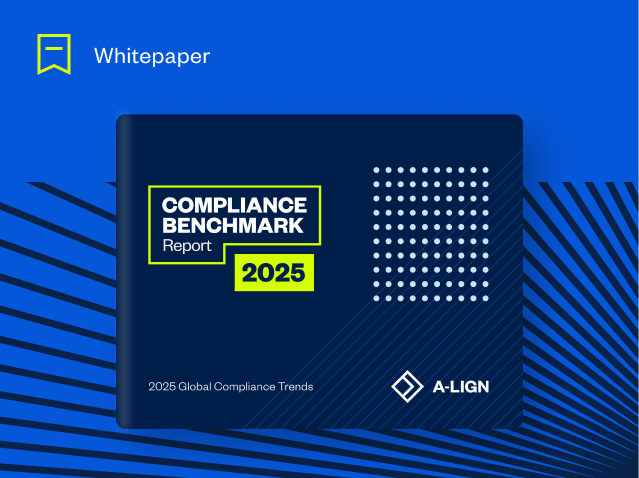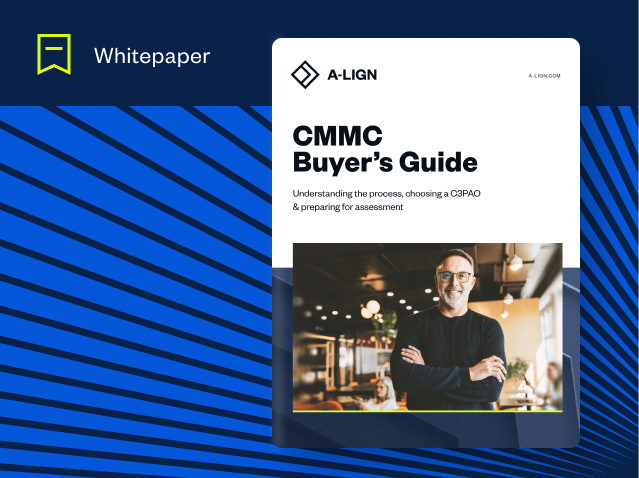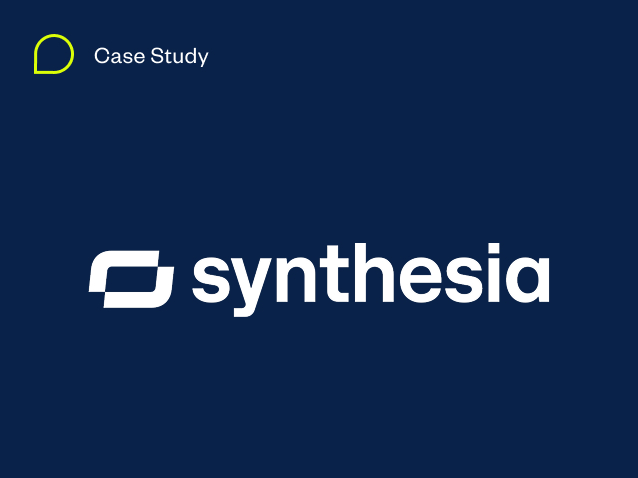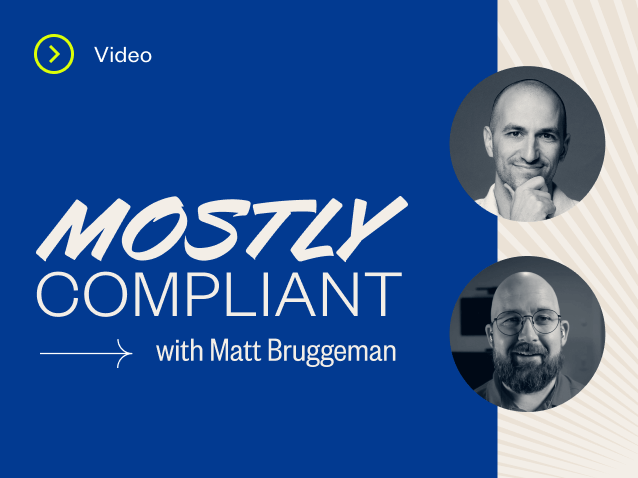Understanding Federal Supply Chain Risk Management
Federal supply chain risk management remains a critical focus as cyber-enabled supply chain attacks continue to evolve in sophistication and frequency. These threats, often used as tools of hybrid warfare, pose significant risks to national security. While the principles of supply chain risk management (SCRM), cyber SCRM (C-SCRM), and federal SCRM share common ground, federal SCRM carries heightened stakes due to its direct implications for the security and resilience of the United States.
To grasp the ongoing efforts to strengthen federal supply chain risk management, it’s essential to first understand how supply chain risk management is defined within the broader context of cybersecurity.
What is cyber supply chain risk management?
Cyber supply chain risk management (C-SCRM) is the continuous process of identifying, evaluating, and mitigating risks associated with an organization’s IT and software supply chains. It’s a critical, organization-wide effort that extends beyond the IT department, embedding security into the entire risk management framework to protect essential systems and data.
C-SCRM best practices
The National Institute of Standards and Technology (NIST) provides foundational guidance for C-SCRM. To build a resilient program, organizations should prioritize integrating C-SCRM across all business functions, establishing a formal and dynamic program, and deeply understanding their critical suppliers. Collaboration, continuous monitoring, and comprehensive resilience planning are also essential components of a strong C-SCRM posture.
Maintaining trustful and transparent relationships with suppliers is crucial, as your security is only as strong as its weakest link. Breaches originating from third parties, and even “fourth parties” (your vendors’ vendors), can dramatically increase the cost and impact of a security incident.
Strategies for effective C-SCRM
To navigate today’s complex threat landscape, organizations must adopt more advanced and proactive strategies.
- Adopt a zero-trust mentality: Operate under the assumption that a breach is inevitable. A zero-trust architecture requires strict verification for every user and device trying to access resources on your network, regardless of whether they are inside or outside the network perimeter.
- Leverage AI and automation: Use artificial intelligence and automation to enhance continuous monitoring. These technologies can analyze vast amounts of data to detect anomalies, predict potential threats, and automate responses, allowing for faster and more effective risk mitigation.
- Enhance vendor risk management: Go beyond initial security questionnaires. Clearly define security requirements in all contracts and RFPs, and demand evidence of compliance, such as penetration test reports or security certifications. Implement continuous monitoring to ensure vendors maintain their security controls over time.
- Create a comprehensive asset inventory: You cannot protect what you do not know you have. Maintain a thorough inventory of all assets — including hardware, software, data, and personnel — and map out where they interact with third parties to identify potential points of failure.
What is federal supply chain risk management?
Federal SCRM is the process of mitigating risks within the supply chain that could impact national security. While historically focused on the Department of Defense (DoD) and the Defense Industrial Base (DIB), the scope of federal SCRM has expanded.
This expansion is a direct response to the increasing sophistication of our nation’s adversaries. These actors exploit supply chain vulnerabilities to infiltrate systems, steal intellectual property, corrupt software, and surveil critical infrastructure, posing a direct threat to U.S. security.
Key frameworks: NIST 800-171 and CMMC
To counter these threats, the U.S. government has established specific cybersecurity standards. The National Institute of Standards and Technology (NIST) 800-171 provides a set of security controls for protecting Controlled Unclassified Information (CUI) in nonfederal systems. Federal contractors and subcontractors handling CUI must implement these controls to safeguard sensitive data.
Building on this foundation, the Cybersecurity Maturity Model Certification (CMMC) program was created to verify that contractors have the necessary protections in place. The self-attestation approach under the old DFARS Interim Rule proved insufficient, leading to the development of CMMC as a more robust verification method.
CMMC 2.0: The future of federal supply chain risk management
The Cybersecurity Maturity Model Certification (CMMC) is a framework designed to safeguard Federal Contract Information (FCI) and Controlled Unclassified Information (CUI) within the Defense Industrial Base (DIB). With the release of CMMC 2.0 in October 2024, the framework has been streamlined into three levels of compliance, each tailored to the sensitivity of the information being handled:
- Level 1 (Foundational): Focuses on basic cybersecurity practices for organizations handling FCI. Compliance is demonstrated through annual self-assessments.
- Level 2 (Advanced): Designed for organizations managing CUI, this level aligns with the 110 practices outlined in NIST SP 800-171. Critical CUI handlers require third-party assessments every three years.
- Level 3 (Expert): Reserved for the most sensitive programs, this level incorporates additional requirements from NIST SP 800-172 and mandates direct assessments by the Department of Defense (DoD).
The publication of the 48 CFR rule has solidified the implementation of CMMC 2.0, outlining a phased rollout for mandatory compliance in new DoD contracts. However, it is crucial to note that contracting officers have the discretion to include CMMC requirements in their contracts ahead of this schedule. Some organizations are already seeing these requirements appear in Requests for Proposals (RFPs).
The official phased rollout is structured as follows:
- Phase 1 (Starts November 10, 2025): For the first 12 months after the rule’s effective date, Level 1 and Level 2 self-assessment requirements may be included in applicable solicitations and contracts as a condition of award.
- Phase 2 (Starts November 10, 2026): Over the next 12 months, Level 2 third-party assessment requirements (C3PAO Certification) will be widely introduced in solicitations and contracts as a condition of award.
- Phase 3 (Starts November 10, 2027): In this phase, Level 2 C3PAO Certification becomes a requirement for all applicable solicitations and contracts, including the exercising of option periods. Level 3 government-led (DIBCAC) assessment requirements will also be introduced.
- Phase 4 (Starts November 10, 2028): This marks the full implementation of all CMMC requirements (Level 1, 2, or 3) across all applicable DoD solicitations and contracts, including option periods.
This shift underscores the DoD’s commitment to mitigating supply chain risks and enhancing the resilience of federal supply chains. Organizations within the DIB must now be prepared to demonstrate their cybersecurity posture through either independent validation or self-assessment, depending on their assigned CMMC level.
How to prepare for CMMC certification
- Determine your organization’s CMMC level. Level 1 is for contractors and subcontractors processing FCI. Level 2 is for organizations processing CUI. Only organizations working on the DoD’s most sensitive programs will be expected to achieve Level 3 certification.
- Review the assessment guide for your CMMC level. The CMMC Level 1 Self-Assessment Guide and Level 2 Assessment Guide explain how contractors will be evaluated. Unfortunately, there is not yet an assessment guide for CMMC Level 3.
- Work with a tech-enabled organization to secure your data. Cybersecurity solutions like Summit7, Radicl, and CyberSheath can help you secure your FCI and CUI to prepare for CMMC compliance.
- Select a C3PAO and complete a readiness assessment. With a limited number of C3PAOs, it is important to start validating your organization’s readiness as soon as possible, as you will need time to remediate any gaps found.
- Engage a C3PAO for Level 2 Certification early. If your organization requires a CMMC Level 2 certification, engaging a C3PAO is a critical step. These assessors are already in high demand, and their schedules are filling up quickly. Waiting until the CMMC requirement appears in contracts will likely be too late, as you may face significant delays in finding an available C3PAO to conduct your assessment.
Work with a top federal assessor
Federal SCRM is no longer a future concern—it’s a present-day necessity. As the volume and sophistication of global cyberattacks rise, organizations are under increasing pressure to enhance their defenses and gain clear visibility into their supply chains. Third-party risk remains a significant threat, as many businesses unknowingly collaborate with vendors who have inadequate cybersecurity measures, creating vulnerabilities that can be exploited.
Navigating the complexities of federal compliance requires expertise. Whether you need guidance through the NIST 800-171 assessment process or assistance preparing for your CMMC certification, A-LIGN can help you take the most efficient path to compliance. As an authorized C3PAO with over 1,000 successful federal assessments completed, our team has the experience to help you strengthen your security posture and meet government requirements.





